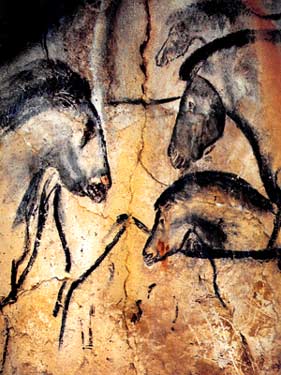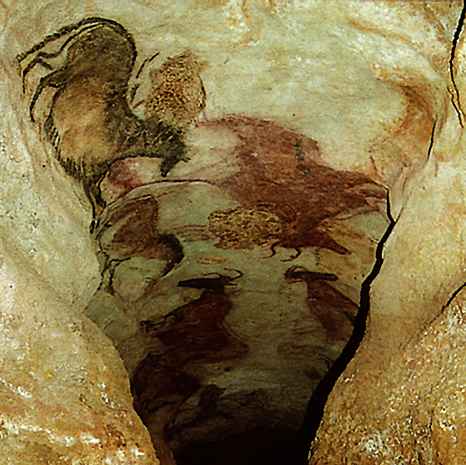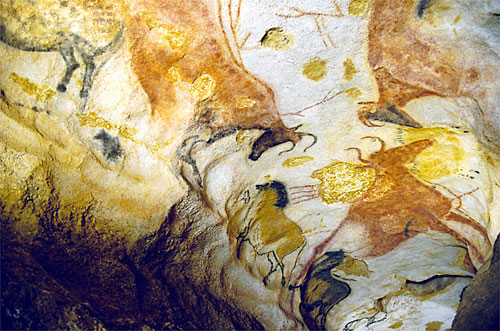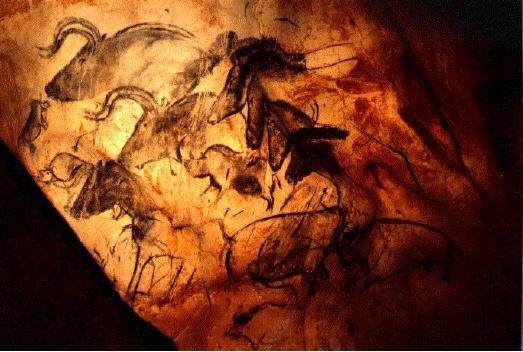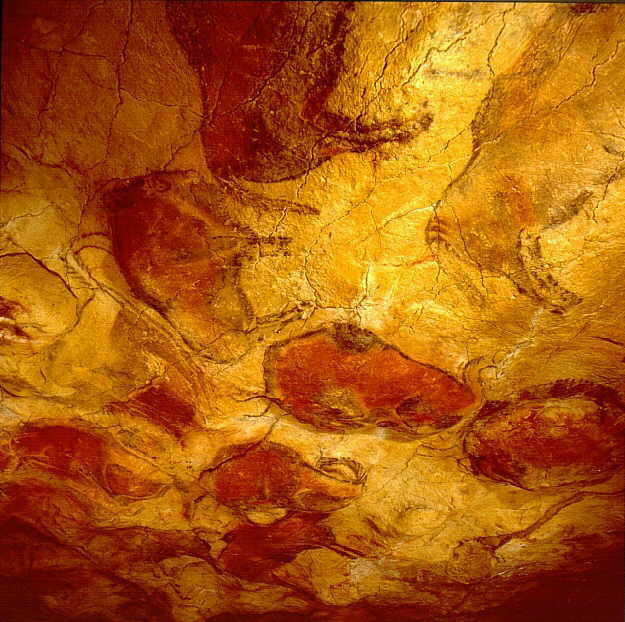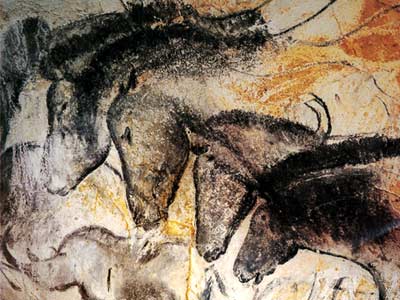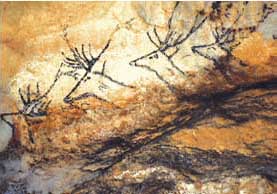
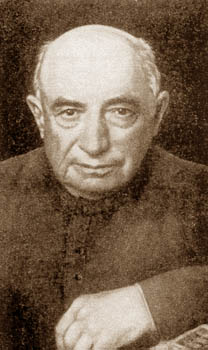
Hunting Magic and Abbe Breuil


Without question, the French priest and archeologist, Abbe Henri Breuil is the dominant figure in the history of cave art interpretation. He became interested in the art of the caves in 1900, at the age of 23, and only one year later had already discovered two previously unknown sites. Appointed professor of archeology at the College de France in 1929, he was notified immediately when the cave at Laucaux was discovered in 1940, and soon became the world's foremost authority concerning it. For 61 years, he studied painted caves all over the world, spending, by his own calculation, a net total of seven years in field work underground. In 1952, he published the extraordinary 400 Years of Cave Art, a definitive and beautifully illustrated treatment of the art of 92 caves.
Considering Breuil's dominant position in the field until his death in 1961, it is not surprising that his general interpretation of the meaning of cave art was widely adopted by experts and lay people alike. Breuil argued that the origin of the paintings lay in the masking practices of a people that depended for their survival on hunting big game. He imagined Paleolithic hunters donning masks and covering themselves in pelts of the animals they hunted in order to attract their prey. When spread out in a two-dimensional plane, the masks and pelts became flat images that could be painted or engraved on cave walls. Influenced by anthropological studies of the aboriginal Arunta people of Central Australia, Breuil claimed that the Paleolithic rock paintings, like those of the Arunta, were created in ceremonies intended to multiply game animals, as well as to ensure successful kills by means of magical images of slaughtered prey. Both categories of cave paintings were examples of what the 19th century anthropologist James Frazer called "sympathetic magic." Sympathetic magic operates by the principle of similarity. What is done to the properly made image of an object is done to that object itself, as when a sorcerer sticks pins in a doll resembling his victim in an effort to destroy him. By making images of animals penetrated by spears, the cave hunters were attempting to kill the animals the images resembled, or, more precisely, to render the game susceptible to being killing by hunting parties. Similarly, in creating multiple images of animals, the artists were attempting to increase the fertility of the migrating herds. It is true that a considerable degree of professionalism is evident in the cave paintings. The people who decorated the ancient rock galleries discovered techniques of mixing paint and applying it, of representing volume through shading, or suggesting movement or emotional content, and so on, techniques they shared with their colleagues and passed down to their successors. In short, they were the beneficiaries and creators of sophisticated artist traditions. Yet in spite of the high degree of aesthetic accomplishment many of the paintings and engravings exhibit, they are not examples of art for art's sake. In the view of Abbe Breuil, they are attempts to ensure survival by means of magic under the difficult circumstances of the Ice Age.
Since his death, Breuil's theory has been criticized on two grounds. First of all, most of the animals depicted on the cave walls appeared rather infrequently on the hunters' menu, judging by the bones that have been found in garbage heaps in some of the caves. Even though that criticism continues to appear in scholarly publications, Breuil had already anticipated it and responded in advance in the introduction to his masterpiece, 400 Years of Cave Art. He argues there that magic was most likely to be employed on game that was relatively scarce. After all, there was little need to perform ceremonies and leave images in the dangerous depths of caves to ensure hunting success with a species of game that was already abundant. It's true that some of the images depict animals that never appear in the hunters' diet, felines, bears, rhinos, and so on. But these were predators or otherwise dangerous animals that the hunting communities had every reason to control through magical means.
A second criticism, one much more difficult to answer, concerns the validity of the ethnographic comparison that backs up Breuil's theory. Even if the historically recorded Arunta people resembled the Paleolithic Europeans in that both hunted game in small communal bands with only stone age spears or blow guns, why should we assume that their cave art had the same meaning and purpose as the Paleolithic paintings? After all, the Arunta people survived for thousands of years after the Paleolithic hunters had disappeared. Isn't it likely that their cultural traditions diverged considerably from those responsible for the ancient European cave art?
In order to secure his argument, and thus the magical interpretation of Paleolithic painting and engraving, Abbe Breuil would need to supply supporting evidence that reaches deeper than the fact that some contemporary indigenous peoples have created images on cave walls for such purposes. The South African archeologist, David Lewis-Williams has attempted to provide such evidence more than three decades after Abbe Breuil's death.
Images of sympathetic magic ensuring a successful kill
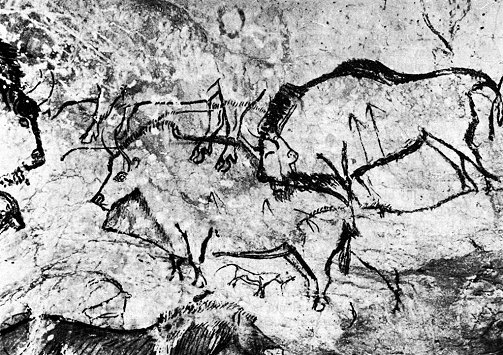
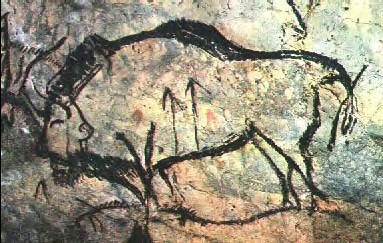
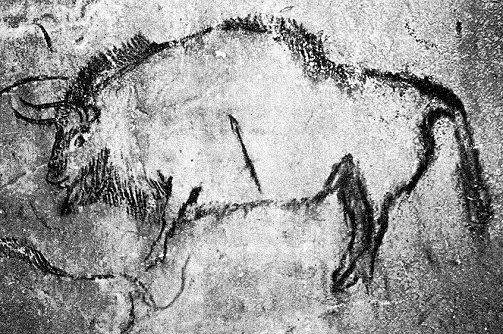
Images intended to multiply game magically
